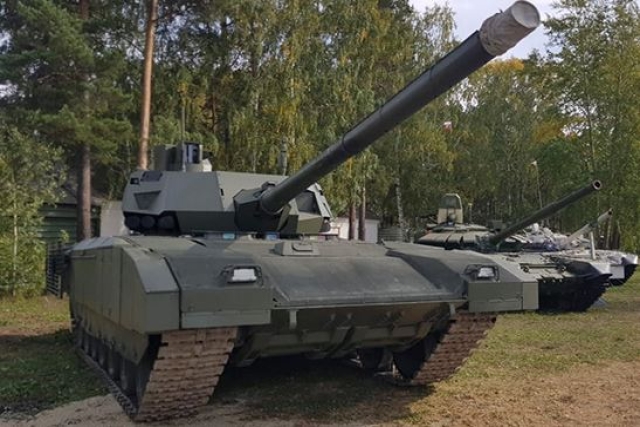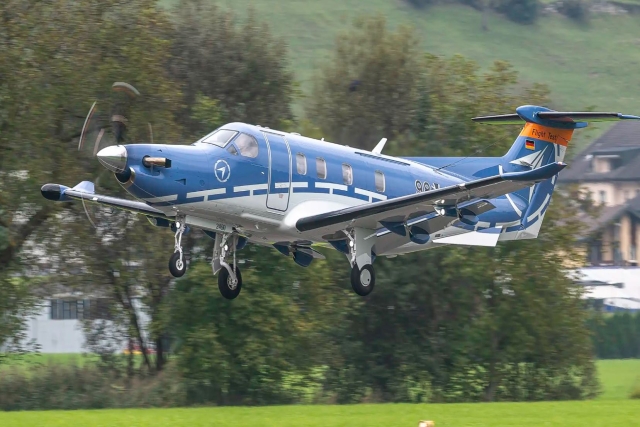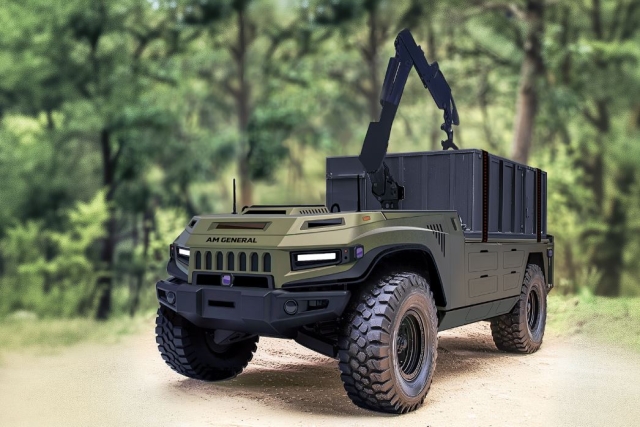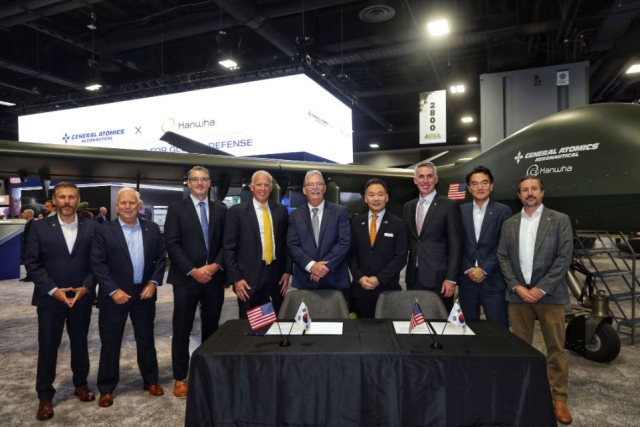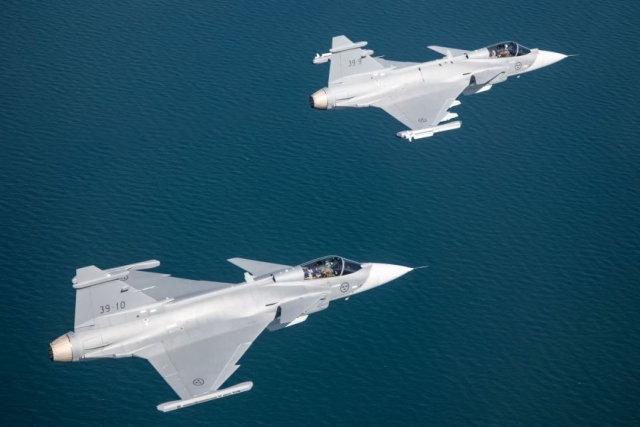Russia Pulls Back Armata Tanks from Ukrainian Frontlines
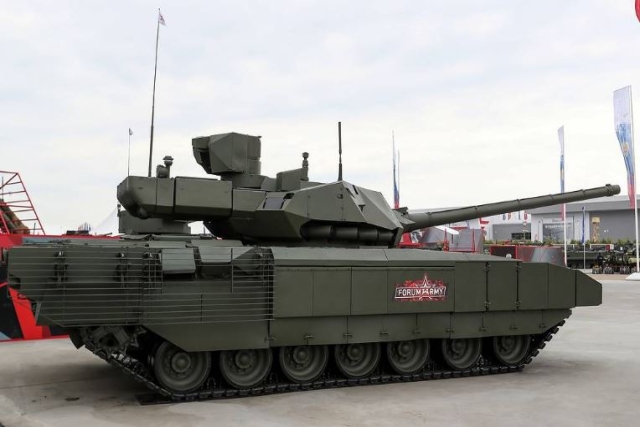
Russia initiated "withdrawal" of T-14 Armata battle tanks from the front lines in Ukraine last week.
The T-14 Armata made its debut in Ukraine in April of this year. At that time, the state news agency RIA noted that T-14s had commenced firing on Ukrainian positions but had not yet been directly involved in assault operations.
These tanks have been equipped with additional protective measures on their sides, and their crews have undergone "combat coordination" training at Ukrainian training grounds.
Last week, the state-run TASS news agency disclosed that the Russian Army Group South had employed several Armata main battle tanks in direct assault operations. The objective was to assess how these combat vehicles would perform in real combat scenarios, with the tanks subsequently being withdrawn from the front lines.
The distinctive feature of the T-14 is its unmanned turret, with crews remotely controlling armaments from an isolated armored capsule at the front of the hull. These tanks can achieve a maximum speed of 80 kmph (50 mph) on the highway.
In January, British military intelligence reported that Russian forces in Ukraine had reservations about accepting the initial batch of these tanks due to their perceived "poor condition." The British military expressed doubts about the vehicle's reliability in combat. The T-14 Armata program, which had been in development for eleven years, has been beset by delays, reductions in the planned fleet size, and reports of manufacturing issues.
Initially, Moscow had ordered the production of 2,300 of these tanks by 2020, but this goal has been postponed to 2025.
